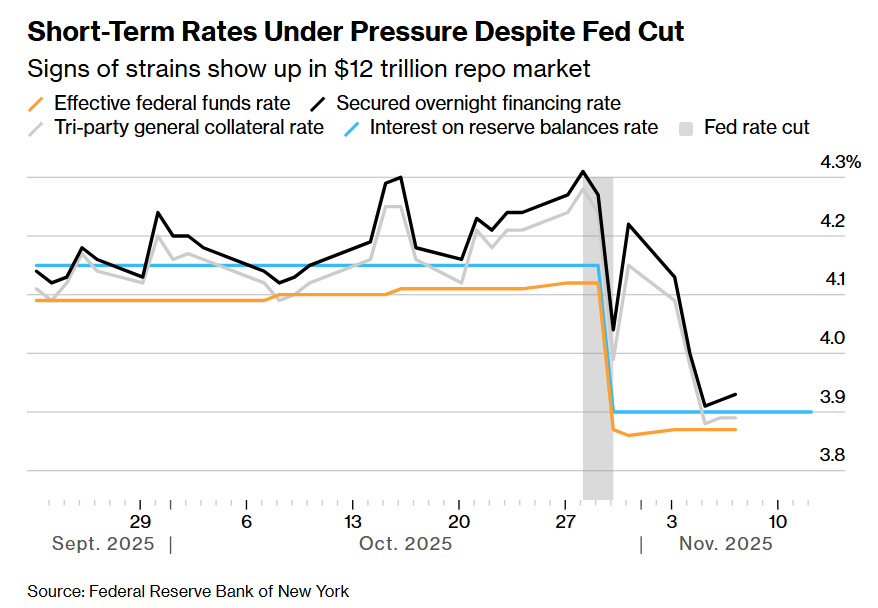Spot bitcoin ETFs see 11 straight days of net inflows as BlackRock’s IBIT claims top spot
U.S. spot bitcoin ETFs recorded $45 million worth of net inflows on Tuesday, marking their 11th consecutive day of inflows.BlackRock’s IBIT became the largest spot bitcoin fund in terms of net asset value, overtaking Grayscale’s GBTC.
U.S. spot bitcoin exchange-traded funds logged a total daily net inflow of $45.14 million on Tuesday. This marks the fund’s 11th consecutive day of inflows, which is the longest streak of positive flows since February.
BlackRock’s IBIT drew in $102.5 million, leading net inflows among bitcoin ETFs on Wednesday, according to data from SoSoValue. This led IBIT to become the largest spot bitcoin fund in terms of net asset value, with $19.68 billion — surpassing that of Grayscale’s GBTC.
Since converting into a spot bitcoin ETF, GBTC has been losing funds on most days, including yesterday, when it saw net outflows of over $105 million. As of Wednesday, GBTC has a net asset value of $19.65 billion.
Fidelity’s FBTC reported the second-largest net inflows of $34.35 million. At the same time, other funds from Ark Invest and 21Shares, Bitwise, Invesco and Galaxy Digital, Valkyrie, and WisdomTree saw single-digit gains on Wednesday.
Combined, the 11 spot bitcoin ETFs saw total net inflows of over $2 billion in the past 11 days, bringing the cumulative total net inflows since January to $13.73 billion.
Meanwhile, the price of bitcoin rose 0.73% in the past 24 hours to $68.126, according to The Block’s Bitcoin Price Page .
Disclaimer: The content of this article solely reflects the author's opinion and does not represent the platform in any capacity. This article is not intended to serve as a reference for making investment decisions.
You may also like
The US government restarts, $2.5 trillion in liquidity set to return: The silence in the crypto market is about to be broken


The 12 trillion financing market is in crisis! Institutions urge the Federal Reserve to step up rescue efforts
Wall Street financing costs are rising, highlighting signs of liquidity tightening. Although the Federal Reserve will stop quantitative tightening in December, institutions believe this is not enough and are calling on the Fed to resume bond purchases or increase short-term lending to ease the pressure.

Another Trump 2.0 era tragedy! The largest yen long position in nearly 40 years collapses
As the yen exchange rate hits a nine-month low, investors are pulling back from long positions. With a 300 basis point interest rate differential between the US and Japan, carry trades are dominating the market, putting the yen at further risk of depreciation.
